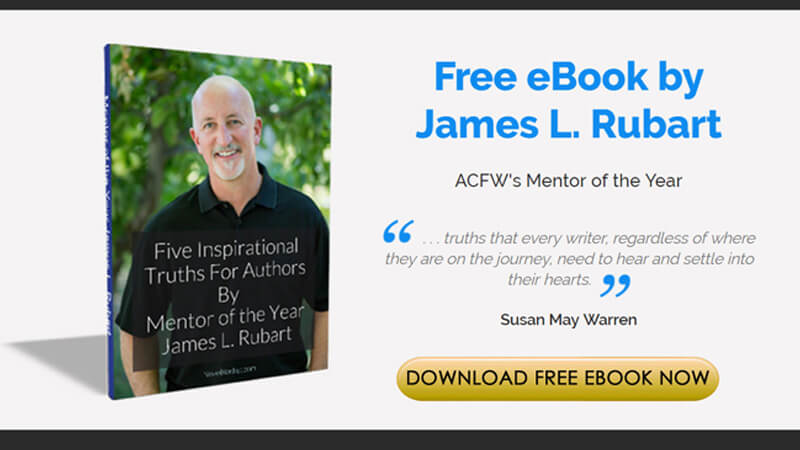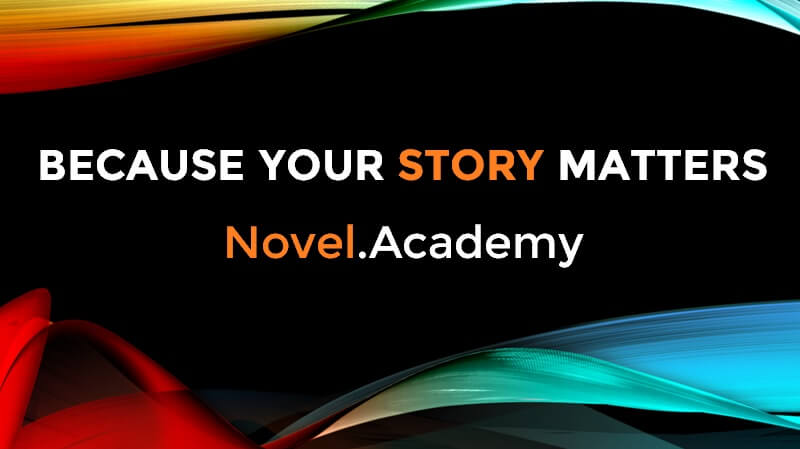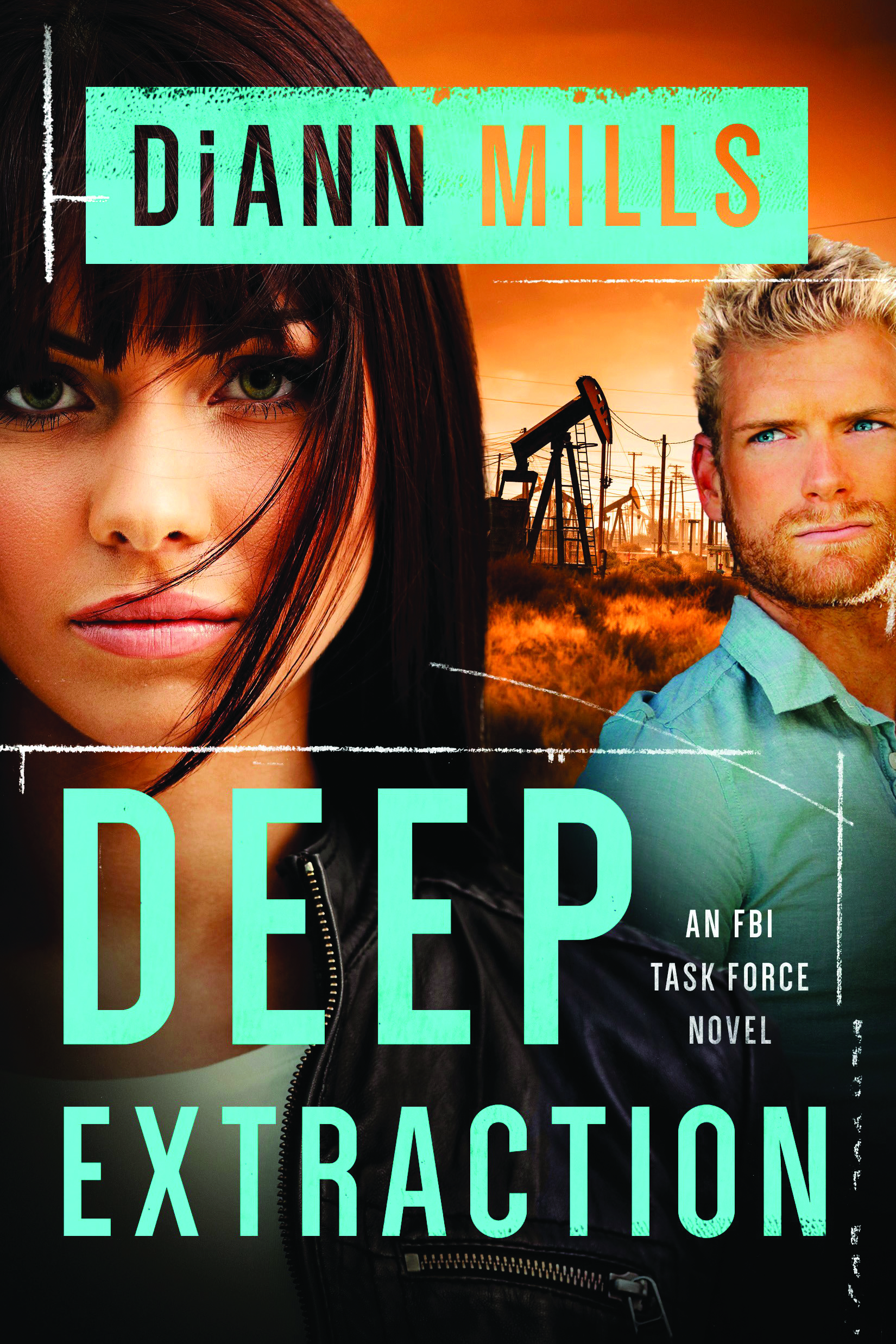 Lee Lofland is the author of Police Procedure and Investigation, A Guide For Writers from Writers Digest Books. Lee is a former police detective with nearly two decades of law-enforcement and crime-solving experience. He was in charge of major felony cases, including homicide, narcotics, rape, kidnapping, ritualistic and occult crimes, fraud, and robbery.
Lee Lofland is the author of Police Procedure and Investigation, A Guide For Writers from Writers Digest Books. Lee is a former police detective with nearly two decades of law-enforcement and crime-solving experience. He was in charge of major felony cases, including homicide, narcotics, rape, kidnapping, ritualistic and occult crimes, fraud, and robbery.
Lee is a nationally acclaimed expert on police procedure and crime-scene investigation and is a popular conference and workshop speaker. He writes freelance articles for publications, such as The Writer magazine and for newspapers and newsletters across the country. He is also a consultant for many bestselling authors and television and film writers, and he writes and maintains the popular blog site The Graveyard Shift.
Lee and his wife, Dr. Denene Lofland, live in the Boston area, where he proudly serves on the board of directors for the New England Chapter of Mystery Writers of America. He’s also a member of Sisters in Crime.
Plug time. What new book or project do you have coming out?
Recently, my friend, Becky Levine, and I put our heads together to write a childrens book called Everything Kids: I Want To Be A Police Officer. The book is scheduled for release in early 2009 by Adams Media.
I’m also getting ready to shop a mystery novel I’ve just completed, and I’ve just completed the research stage of a true crime book about the gruesome murder of a young girl in Ohio. This very disturbing case was eventually solved using DNA evidence. I put the first words to the page this week.
You have extensive experience in police procedures. How do keep current on all the latest technology?
I maintain daily contact with law enforcement officers and forensics experts from all across the country.
Do you have some websites or books you consider to be the best as far as accuracy and information are concerned?
Of course, I have to mention The Graveyard Shift, my blog about police procedure, forensics, and crime scene investigation. It’s a teaching site for writers, and it’s absolutely free.
I also feature guest experts on The Graveyard Shift who are the best in their various fields of law enforcement. Another asset for the site is the top-notch agents and publishers who stop by and answer questions from readers from time-to-time.
The site is doing extremely well, receiving over 20,000 hits each day from 120 countries. It’s great PR for my guests!
The new Howdunit series from Writers Digest Books is a fantastic resource for mystery writers. The first book in the series was Book of Poisons by Serita Stevens and Anne Bannon. My book, Police Procedure and Investigation, was the second followed by the newly released Forensics by my good friend, Dr. DP Lyle. The last book in the series is forthcoming and it’s about weapons. It’s currently being written by another good friend of mine, Sheila Stephens, a former ATF special agent.
I also recommend any book written by Dr. Katherine Ramsland. She’s brilliant.
What are some of the most common mistakes writers make when writing about police procedures?
The worst mistake writers make is to use TV and film as a research source. Don’t do it, guys. Most of what you see on TV couldn’t be further from the truth. I once wrote an article for The Writer magazine called CSI I Don’t Think So. I even named the last chapter in my book on police procedure CS I Don’t Think So. The letters CSI should actually stand for Crazy Stupid Information.
I often struggle with understanding the differences in rank and the various duties these officers perform. Can you clarify for me a bit?
This is from my blog:
Uniform shirts worn by police officers are not your normal off-the-rack clothing. Shirts like the one pictured above are normally made from a polyester, cotton, or wool blend. Sometimes, the material is treated with fire retardant. Some shirts have zippered fronts to prevent lost buttons during a scuffle with combative bad guys.
Department policy normally dictates when officers may switch from short sleeve shirts to the wintertime long sleeve shirts. The same is true in reverse and makes for some uncomfortable days if there’s an early, hot spring. Ties are always worn with long sleeve shirts, but not necessarily so with short sleeve uniform shirts.Military creases are permanently sewn into the material. The same is true with the two badge tabs over the left pocket. Badge tabs are two, tiny button hole-like openings used to accept the large pin on the back of the officer’s badge. This prevents poking multiple holes in the fabric when pinning on a badge day after day.
Nametags are worn over the right pocket and are held in place by two pins backed by push-type clasps similar to the backs of pierced ear rings. This works well until an officer gets into a scuffle with a suspect. A sharp blow to the chest almost always results in the pins being pushed through the clasps and into the officer’s skin. Another fault with the nametag clasps is that they’re always falling off. A quick fix is to use a pencil eraser as a backing.
Officers wear insignias on their collars to indicate their rank. The gold eagle on the collar pictured above denotes a chief of police. Some chiefs prefer to use three or four, gold general’s stars to indicate their status as the top ranking officer of their department. This is especially true in large departments when there are ranks between a chief and a major. A good example would be a department with a deputy chief. This ranking official, the second in command, would probably wear one less gold star than the chief of police
.
Other insignias are:
Golden oak leaf – Major
Two parallel bars (nicknamed railroad tracks) – Captain
One bar – Lieutenant
Three stripes – Sergeant
Two stripes – Corporal
One stripe – Private
No insignia – Rookie status
Long horizontal stripes on the shirt sleeves indicate an officer’s length of service in five-year increments. An officer with three stripes on his sleeve has been a sworn police officer for at least fifteen years. Neckties clip on to prevent suspects from using them to choke an arresting officer during a struggle. Patches on the sleeve are sometimes designed by a chief or sheriff and normally indicate the city, town, or state where the officer has jurisdiction. Badges also display the name of the jurisdiction as well as the rank, if any, of the officer. The center of the badge is normally adorned with the state’s seal. Ranking (supervisory) officers normally wear gold badges while rank and file (line) officers wear silver badges. Detectives often wear gold badges.
You are a retired detective. What do you miss most about police work?
I miss solving the puzzles, outsmarting the bad guys. I was fortunate and left the business with a 140% case-clearance rate. The figure tops the 100% mark because I solved cases for other officers for various reasons.
Take us briefly through process of a murder scene investigation, from the initial discovery of the victim to the arrival of police officials and subsequent.
There’s simply not enough time or space to write out the steps we go through to solve a murder. And, murders are like morbid snowflakes. No two are alike.
The main objective is to not let the case grow cold before gathering as much evidence and talking to as many witnesses and suspects as possible.
People have a tendency to begin analyzing things soon after the initial shock wears off. They begin to remember things differently, and that can skew the investigation, sending detectives in totally wrong directions.
Also, witnesses fear retaliation from the killer, and that changes their story. Normally, people tell the truth in the heat of the moment.
Does this vary from state to state?
Since no two murders are the same, investigations can vary from case to case. They certainly vary from city to city, county to county, and state to state.
Some departments have checklists that investigators use as a guide to make sure they’ve touched all the important bases, such as evidence collection procedures required by their local labs.
What was the most difficult part of crime solving for you?
Working any case involving a child was always tough.
Do you ever feel that police officers are sometimes portrayed as one dimensional?
Certainly they are, and there’s a good reason for it. They are, to an extent. But they’re that way because of the way they’re trained. During basic training cops are taught by repetition—the same way we train our pets to sit and stay—so they’ll react without thinking. The split second it takes an officer to think before reacting could be the difference between living and dying. I know that feeling well. I’ve been on the receiving end of gunfire.
One of my favorite articles on your blog is Friday’s Heroes. What prompted you to dedicate a day to this, and how do you find your “heroes?”
I know how tough the job is, and what those brave souls have to face each day of their lives. Anyone who puts on a uniform and goes to work to protect us is a hero in my book.
I found several of the former featured heroes while conducting research for my book. The others I’ve found through referrals and recommendations of other officers. Those officers who’ve been killed in the line of duty I find through emails from officers, or through news outlets and police officer resources.
What does a typical day look like for you?
I’m up at 6:00am every morning. My wife and I have breakfast together and then go our separate ways. I’m in front of my laptop by seven. The first order of business is to post my daily blog, and then I write until noon. I take a break until 12:30 and I’m back at it until my wife comes home from work. I normally cook, so while she relaxes (we both have a glass of wine) I prepare the meal while watching The Andy Griffith Show, the only realistic law enforcement show on TV.
After dinner, my wife and I share quality time, catching up on the events of the day, and then I’m back at work until ten.
What are some of your favorite books (not written by you)?
Any book written by Jams Lee Burke is high on my list.
The list (not in any particular order):
Garden of Beasts – Jeffery Deaver (Jeff is a fantastic writer. This is just my personal favorite)
The Bone Garden – Tess Gerritsen
The Human Predator – Dr. Katherine Ramsland
Devil in the White City – Erik Larsen
On Writing – Stephen King
Flashback – Gary Braver
Evan’s Gate – Rhys Bowen
Elvis is Dead and I Don’t Feel So Good Myself – Lewis Grizzard (Actually any of Grizzard’s book are wonderful).
Tilt A Whirl – Chris Grabenstein
The Shipping News – Annie Proulx
Postmortem – Patricia Cornwell
I also like books by Jan Burke, J.A. Jance, SJ Rozan, Megan Abbott, Ed McBain, Harlen Coben, either of the Kellermans, Dean Koontz, Stuart Woods, Dennis Lehane, Poe, and Robert B. Parker. Actually, this list is a lot longer, but I just can’t name all my favorite authors. Too many!
Do you have any parting words of advice?
Research, research, research!
Oh, and please visit The Graveyard Shift.
Thursday, June 12, 2008
Home »
» Interview ~ Lee Lofland
Interview ~ Lee Lofland
Thursday, June 12, 2008
4 comments























You are so organized! That's great. It makes sense for someone writing about crime.
ReplyDeleteGreat interview!
Great interview, Lisa and Lee! This is one of the most informative ones.
ReplyDeleteMy nephew is a detective and he's my source for any police procedure, but this looks like a book I need to get. :)
Tina - Organized? My desk is a mess, but I know where everything is at all times. The current stuff is always on top.
ReplyDeleteAne - Your nephew is a detective? Which department? I'm always looking for officers to feature on The Graveyard Shift.
Great stuff! Enjoyed hearing from you, Lee. I went out and bought your WD book after visiting your blog and another interview you did with a cyber friend of mine, Peg Brantley. :)
ReplyDelete